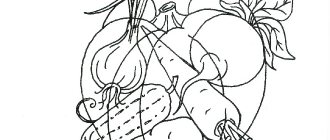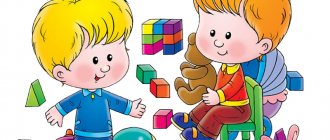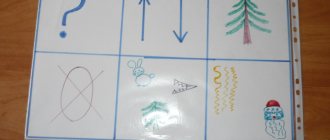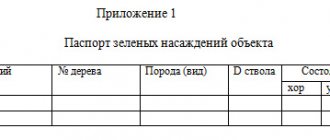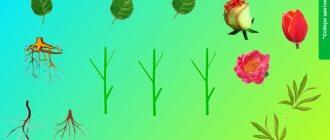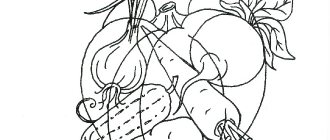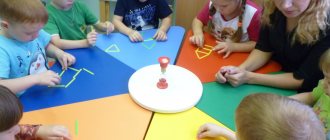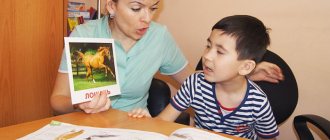Attention tests for preschoolers
Test first
Look carefully at the following picture, geometric shapes are depicted here in different ways. You have one minute to complete this test. Find identical geometric shapes.
If you couldn’t find the same geometric shapes in one minute, repeat the exercise.
Test two
Look carefully at the following picture, it shows different objects. You have one minute to complete this test. Find two extra pictures among all the pictures.

Test three
Look carefully at all four pictures, different objects, clothes and vegetables are drawn on them. You have one minute to complete this test. Find the extra object in each square.
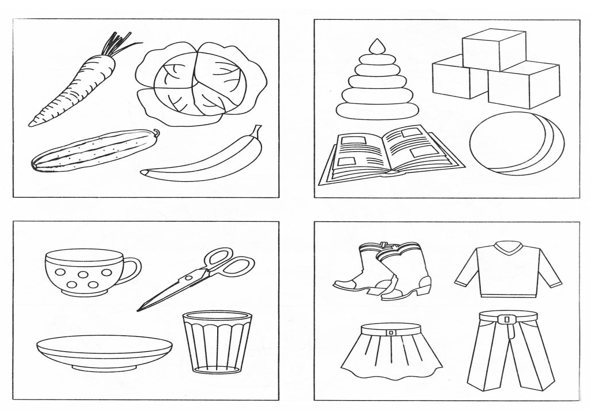
Test four
Look carefully at this test, a rectangle is drawn here with a certain pattern, but not completely. You have ten seconds to complete this test. Which figure and under which number should be inserted.
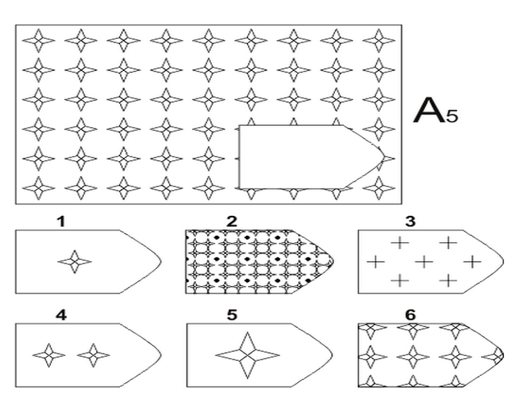
Test five
Look carefully at the following picture. Here children are depicted and letters are written. You have one minute to complete this test. Decipher the children's names using letters and say their names.
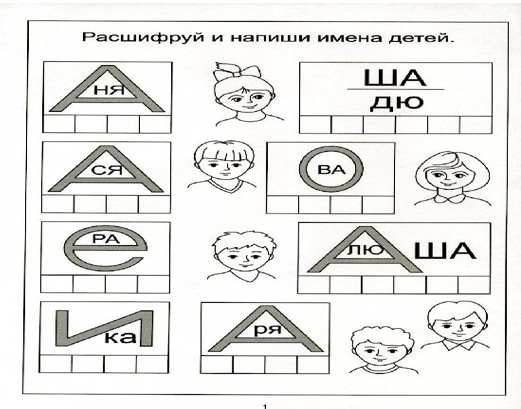
Test six
Look carefully at the following picture, here are drawn: a square, a triangle, a circle and a rhombus.
In the top line there are samples according to which you need to fill in all the other geometric shapes. There is a checkmark in the square, a minus sign in the triangle, a plus sign in the circle, and a dot in the diamond. One minute is given to complete the task.
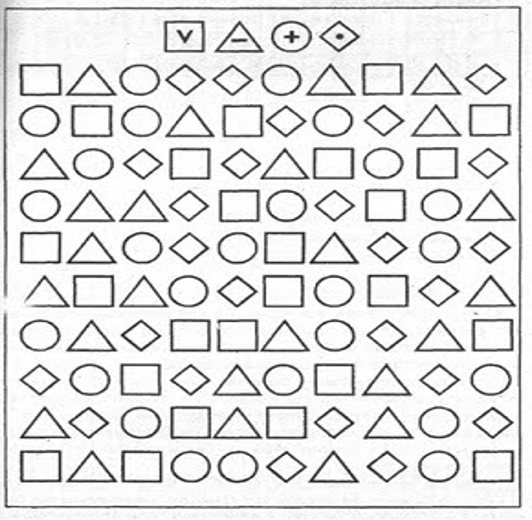
Test seven
Look carefully at the next test, there is a car drawn here and a flag that indicates the finish. Ten seconds are given to complete the task. We need to bring the car to the finish line.
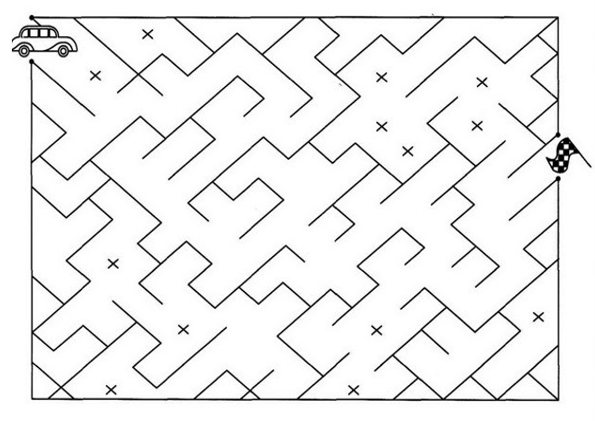
Test eight
Pattern test.
Look carefully at the pictures, different objects are depicted here. You have one minute to complete this test. In this test you need to find a pattern and draw the next or missing object.
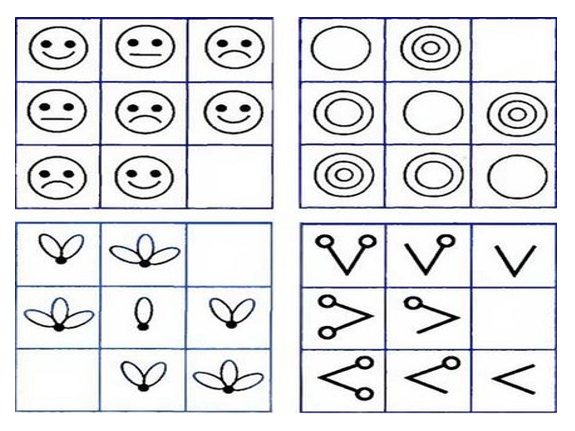
Test nine
Look carefully at these two pictures. You have ten seconds to complete this test. Find ten differences in these pictures.
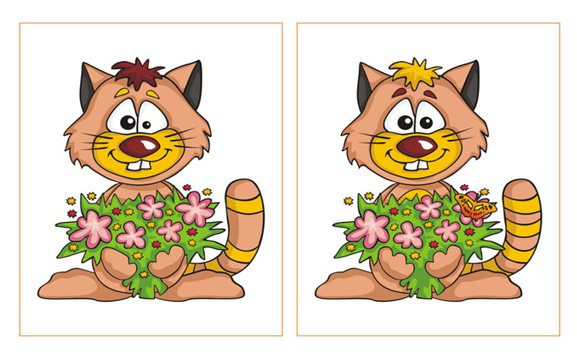
Test ten
Look carefully at the next maze, there is a monkey and a banana. You have one minute to complete this test. Help the monkey find a banana.
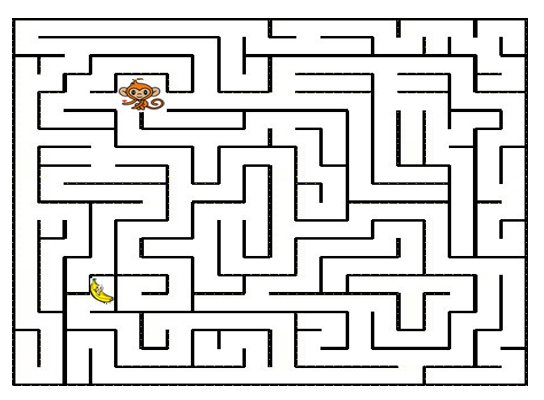
Test eleven
Pattern test.
Look carefully at the pictures, different objects are depicted here. You have one minute to complete this test. In this test you need to find a pattern and draw the next or missing object.
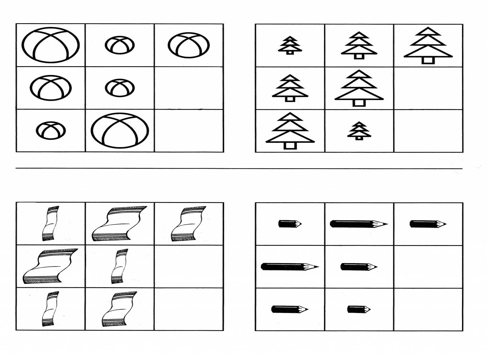
Test twelfth
This test contains a logical attention task. Look carefully at the top line, there is a number written under each picture. One minute is given to complete the task. You need to insert a number instead of a picture and calculate what happens.
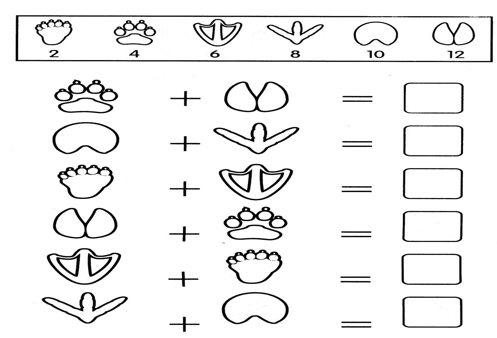
Test thirteen
Look carefully at the pictures of this test; on the left there are samples with different pictures that need to be inserted into the right side of the picture. You have ten seconds to complete this test.
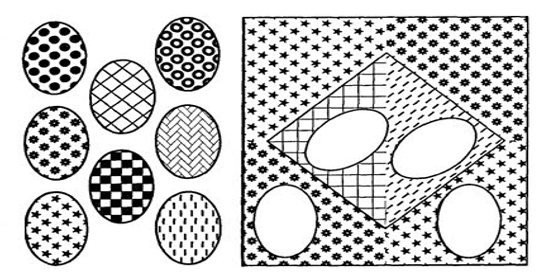
Look carefully at the pictures of this test; on the left there are samples with different pictures that need to be inserted into the right side of the picture. You have ten seconds to complete this test.
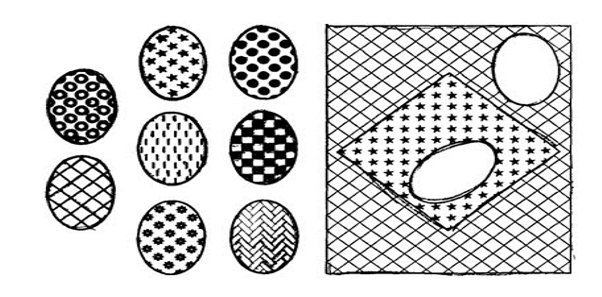
Test fourteen
Look carefully at the pictures of this test; on the right there are samples with different pictures that need to be inserted into the left side of the picture. You have two seconds to complete this test.
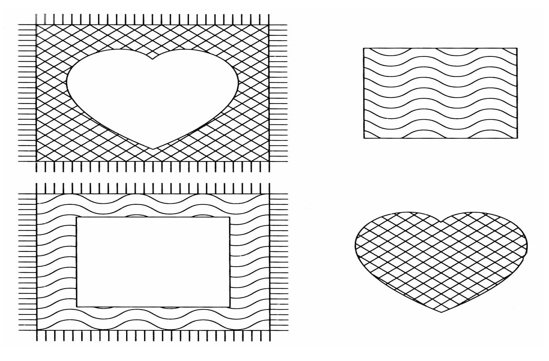
Test fifteen
Look carefully at the pictures of this test; there are teapots with different designs. You have two seconds to complete this test. Find two similar teapots.
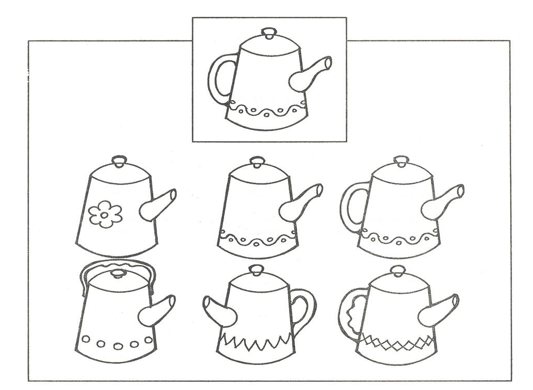
Test sixteen
Attention test. Look at the picture of this test; there is a tree drawn on it; apples grow on this tree. The apples containing the “-” sign must be colored green, the rest must be colored red. You have three minutes to complete this test.
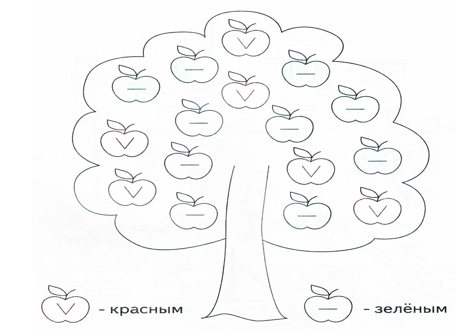
Test seventeen
Look at the picture of this test, vegetables, fruits, flowers, berries are drawn here and words are written. Match fruits with the word fruits, vegetables with the word vegetables, berries with the word berries, flowers with the word flowers. You have one minute to complete this test.
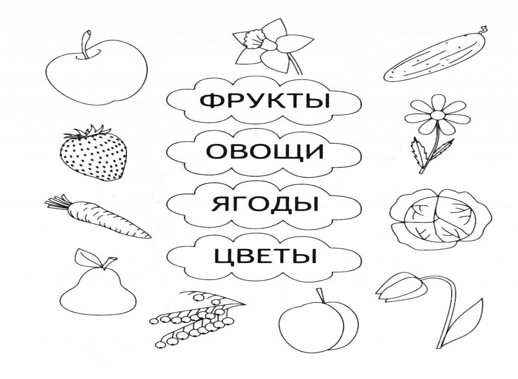
Test eighteen
Look carefully at this test, different animals and the foods they like to eat are drawn here. Help each animal find its food. You have two minutes to complete this test.
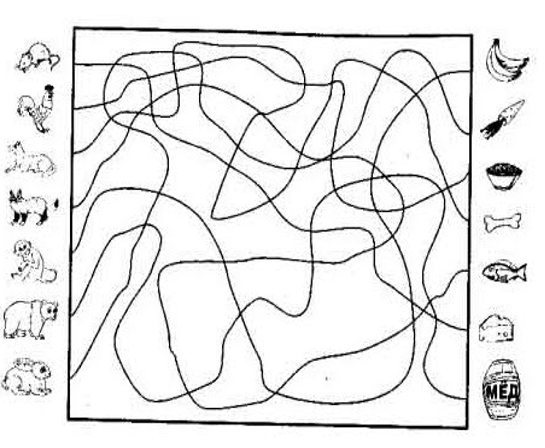
Test nineteen
Look carefully at this test, here are drawn Little Red Riding Hood, a wolf and the house where grandma lives. Help Little Red Riding Hood get to her grandmother's house so she doesn't get eaten by the wolf. You have one minute to complete this test.

Test twentieth
Look carefully at the next test, there is a drawing of a flower and a pot. You have one minute to complete this test. Find your way to the pot to plant the flower.
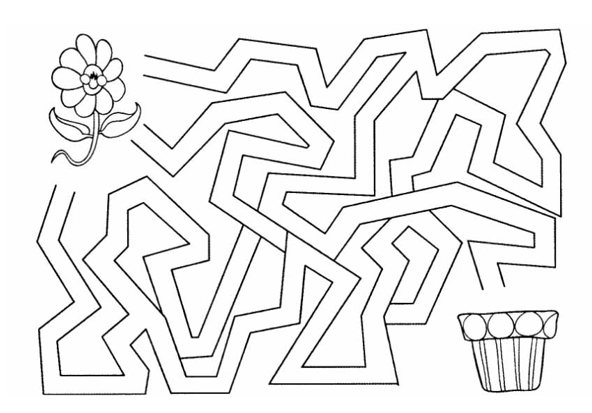
Test twenty-one
Pattern test.
Look carefully at the pictures, different objects are depicted here. You have one minute to complete this test. In this test you need to find a pattern and draw the next or missing object.

Exercises for preschoolers to develop attention and memory
First exercise “Remember and Tell”
In this exercise various objects are drawn. Look carefully at these items and remember them. The child is given ten seconds to memorize.
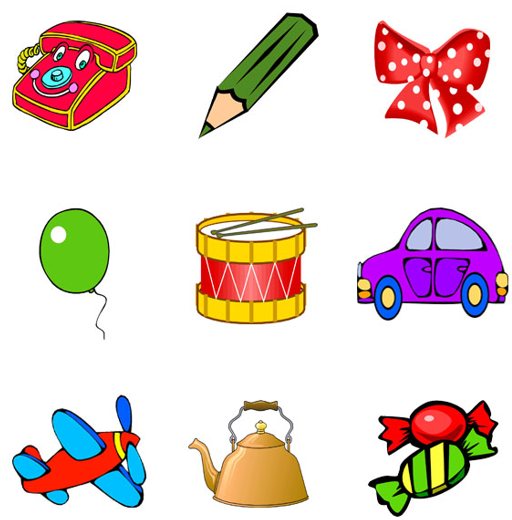
Now close the picture and tell from memory what is drawn here. Older children can draw these pictures from memory.
Second exercise “Name what you see”
Talk a lot and constantly with your child; the more he listens to you, the more he will concentrate on what you are telling him.
At home, you can show your child different objects, unusual objects, for example, a figurine. Tell us what kind of figurine it is, where you got it from, which figurine is big or small, who is depicted on the figurine, what material it is made of, the child will be interested in all this.
On the street at any time of the year, you can teach a child, tell what flowers are blooming, describe these flowers in more detail, what birds live in your city, and show them to the child, look at beautiful houses, fountains, monuments and so on.
The child gets to know the world around him together with you, he is interested in everything that you tell and show him, he loves to listen and touch.
Then you can take one thing, for example, a leaf from a tree and examine it carefully with your child. What leaf, from which tree, what color is the leaf, what size, and so on.
Third exercise “Tell and do”
It is very important to teach a child to concentrate on even the simplest task. Draw with your child together. Give your child a task to draw, for example, a house, sun and grass.
Explain to the child out loud what he should do first, correct him, pronounce every movement of the child. Communicate more with your child and comment out loud on his actions.
Teach your child to perform all actions sequentially. Gradually, the child will learn to do everything consistently, independently.
Fourth exercise “Find the object”
The game, find the object, is well suited for developing attention and memory. Come up with some object that is in the room so that the child knows this object well.
For example, it could be a doll.
Describe the doll in as much detail as possible, what it is like, what size and color it is, what can be done with this doll, what the doll is wearing, what kind of hair, eyes it has, and so on.
If the child quickly guesses what is being said, take another object and repeat the exercise.
Try to play the other way around, let the child come up with some object and describe it in detail, and you try to guess what kind of object it is.
Fifth exercise “Let's look at each other”
The exercise, let's see, looks at each other well, develops your child's attention and memory, it is very simple, interesting and fun. Your child will enjoy playing this game. You can play this game on the way to kindergarten, on the way to the store, and so on.
Give your child the opportunity to look at you carefully for a few seconds. Then he turns away and tells you everything he remembers about you.
For example, hair color, description of your face, what you are wearing, what color, and so on. If the child could not tell much, do not scold him, play this game again. Studying you, the second time the child will be more attentive than the first time.
You can even play this game in reverse, look at your child, turn away and describe what you remember. Your child will draw conclusions, he will compare your detailed description with his description and understand what he missed in the story. You can talk through these conclusions while delving into the details together.
Sixth exercise “Disturb me”
Interesting exercise, disturb me. Here you can play together - dad, mom and child.
The role of the father is to ask different questions to the child, for example, what color is the cube, does the car have wheels, where is the ball, what is your name, and so on. The child must answer questions quickly.
The mother's role is to distract the child when he answers questions. If your child was able to answer the questions without getting distracted, reward him. Next time he will try even better.
This game can be played by two people, for example, a child recites a poem or retells a fairy tale, and you distract him.
Seventh exercise “Be attentive”
Recently, children's books often offer memory development exercises. For example:
A picture is drawn, from the fairy tale “Kolobok”, the child looks at it and remembers what is depicted on it.
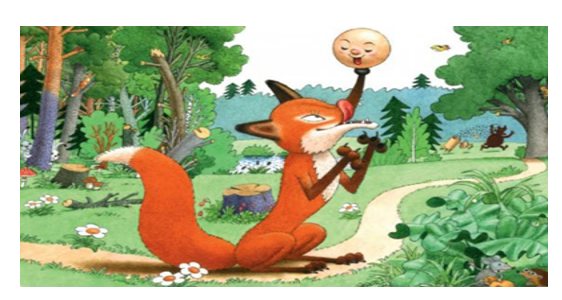
After one minute, the book closes and the child must tell what he remembers. This is a simple task, but it trains your memory well.
If the child remembers little or says it incorrectly, play together. Look at the picture, close it and try to tell in great detail what you remember.
The child will listen carefully to your story and, remembering the next picture, he will try to remember as much as possible. Children always love it when adults play interesting and educational games with them.
Eighth exercise “Try to remember”
You can develop observation, attention and visual memory in different ways. Let's consider one of them. This exercise is fun to do with several children at the same time.
For example:
For children, let's take five different objects; the objects can be completely different. It could be a pencil, a typewriter, a colored eraser, a doll, or a jump rope.
Let the children look at all these items, then put them in a dark bag.
The child is given one minute to memorize. The guys should take turns telling what they remember. If you are playing together with a child, memorize the items one by one and tell each other.
Each next lesson, try to reduce the memorization time and increase the number of items.
Ninth exercise “Look and remember”
Look carefully at the following picture, remember what it shows. Ten seconds are given to memorize. Cover the picture and let the child draw the same picture from memory. If the child is small, then let him tell from memory what he remembers. The child’s story must contain the colors that are present in the picture.
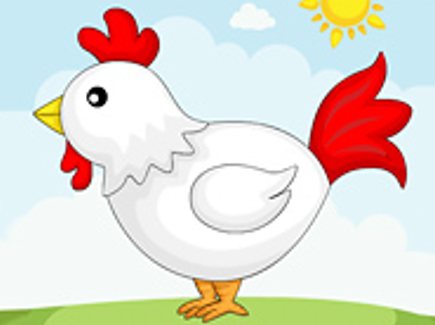
Tenth exercise “Remember and color”
Look at the following picture. Various animals are drawn here. In the top picture they are colored, but in the bottom they are not. Look carefully at the top picture, cover it and let the child color the bottom part of the picture from memory.
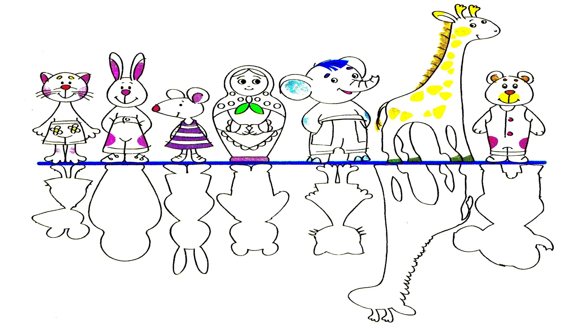
What did the child do?
Open the picture and let the child compare whether he colored the picture correctly or not. How is the top picture different from the bottom?
